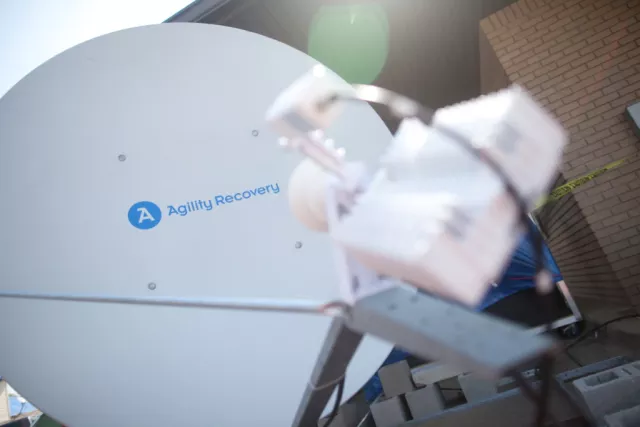How Can a Business Continuity & Disaster Recovery Plan Go Wrong

Business continuity and disaster recovery (BCDR) is one of a few industries where you can’t afford to make a mistake. If insufficient planning or lack of testing hinders your business continuity planning, there’s no easy way to fixing it. At the very least, experienced downtime will affect revenue and productivity. There are, however, more substantial damages, such as permanent data loss, undermined reputation, and lawsuits.
While you shouldn’t be expecting something bad to happen any minute, Murphy’s Law says anything that can go wrong will go wrong.
So how can a business continuity and disaster recovery plan go off course?
BCDR Failure Scenario Example
A software company “XYZ” in Southern Georgia was proud to have its BCDR plan developed, detailing how the organization would recover lost data and resume its operations. During a hurricane season, a storm hits the area where the XYZ’s office is located. It turns out, their BCDR plan didn’t cover most of the aspects of their operations.
Their office building lost power. As a backup plan, the strategy relied on a generator. However, a first miss was that the building management didn’t service the generator properly and forgot to provide fuel for the generator.
The decision has been made to reach out to the nearest gas company in the area. However, the gas company ran out of the kind of fuel needed for the company’s generator. Every business in the area was affected by the storm and desperately needed the same type of fuel.
With no power, XYZ couldn’t access their cloud-based infrastructure, delaying their planned new product launch.
How a Business Continuity & Disaster Recovery Plan Can Fail
Your business may have or have not experienced a similar business interruption scenario. Yet, there’s a chance your business recovery plan will go awry due to the following reasons:
1. Insufficient planning
The limits of a business continuity plan and its processes often come to management’s attention only after a business interruption. Planning and training help address the missing parts of the strategy. To get management’s buy-in, it’s critical to provide the leadership with a detailed analysis covering the impact of various business interruptions. Industry reports, such as Business Interruption Report, make a compelling case that will convince and encourage company leaders to implement a BCP.
2. Lack of testing
Whether through a tabletop exercise or a simulation walk-through, testing business continuity allows your business to practice how to approach a crisis. It also locates gaps in the plan to address where it needs improvement.
It’s very typical for businesses to have a plan but not make it a priority to test regularly. Such oversight leaves your BCDR plan to get buried under more gratifying things such as profits.
3. No review or analysis of results
A plan review is much like an audit of the BCP. Your business is ever-evolving, so should your BC plan. Among other aspects of a good review are updating contact information, approving the validity of recovery contracts, and verifying coverage of applicable business continuity and disaster recovery scenarios. A plan review may also include training new managers on plan details so they can pass that knowledge down to their teams.
Looking back at how you did during a test or an actual recovery will help your workforce to learn what can and should be improved, and to visualize how much progress has been made.
How to Improve a Business Continuity Strategy
Continually updating and testing your incident management plan will allow your organization to adapt to new and rising threats. Having certain forms of communication set up to alert everyone during an emergency is also critical in responding quickly and efficiently. It’s hard to predict the occurrence of specific threats. However, if your incident management plan includes all of the above elements, you will be ready to maneuver through any unanticipated business disruption.
Following up on these items and consolidating recommendations from tests is the most crucial process in the BCP testing lifecycle. Testing, registering the results of your testing, and executing methods to improve your BCP is the most reliable way to strengthen your organization’s response processes.

